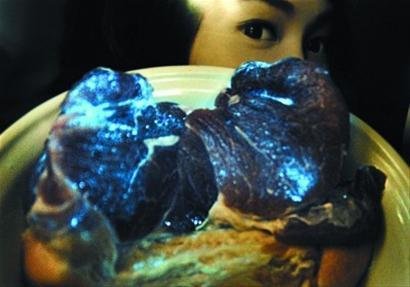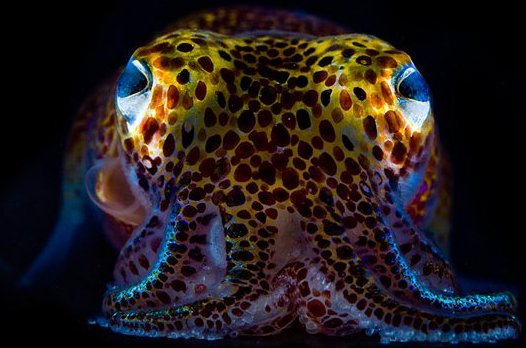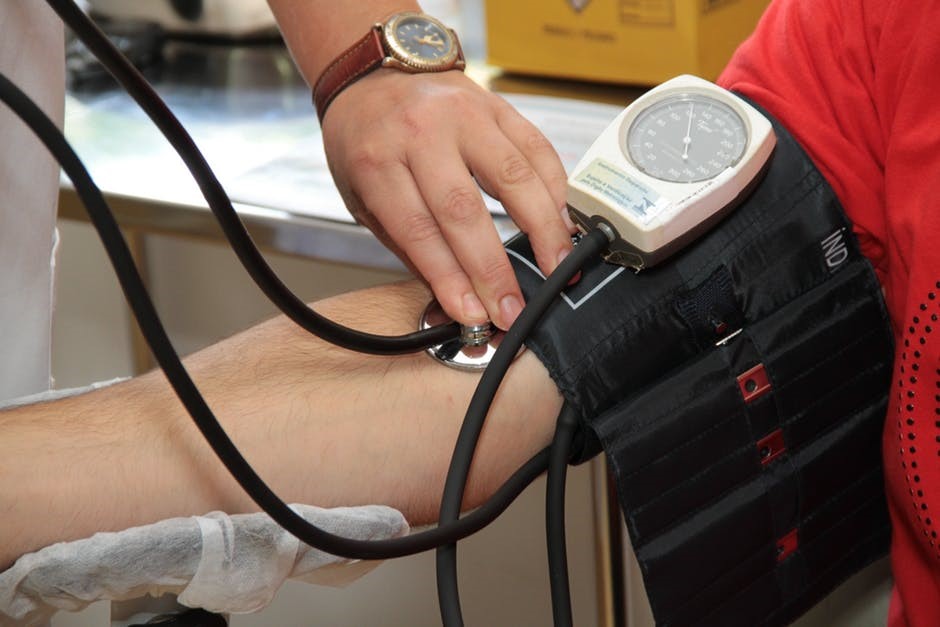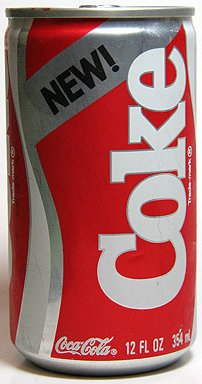A story from China Smack: A woman in Shanghai was startled to find glowing meat in her fridge.

Miss Chen the purchased a kilogram of pork from a wet market and made dumplings with it. Afterward, she placed the leftover pork on a small table in the kitchen. At 11pm, Miss Chen got out of bed to use the toilet, and suddenly noticed a faint blue glow coming from the kitchen, and that the bright blue glow was coming from the pork itself!
The glowing pork also caused the hands of whoever handled the meat to glow as well. The Shanghai Health Supervision Department determined that the pork had been contaminated by phosphorescent bacteria and was still safe to consume after cooking and heating, although we are sure nobody took them up on that. Slash food has confirmed that the 1904 Handbook of Meat Inspection reports incidents of “glowing meat” dating back to 16th century Rome. A book called Meat Hygiene names phosphorescent bacteria as the likely cause, an example of which is Pseudomonas cyanagenus, Pseudomonas fluorescens, or Pseudomonas cutirubra.
Glowing bacteria can be caused by something called pyoverdine, which is a fluorescent yellow-green siderophore (a compound made of iron that the bacteria secretes).
Glowing bacteria can be beneficial to life, as seen in the Hawaiian Bobtail Squid (Euprymna scolopes) which uses a luminescent bacteria called Vibrio fischeri which lights up its underside. This camouflage fools sharks into thinking they are looking at the sky, and not a tasty snack.

Glowing bacteria keeps predators away from the Hawaiian Bobtail Squid.
Glowing bacteria can also help soldiers in the field find land mines. The bacteria are mixed into a solution that can be sprayed onto the ground. The solution will glow a green color when traces of explosive chemicals are around. So phosphorescent bacteria can be a lot of help. But we don’t recommend putting it on your steak.





